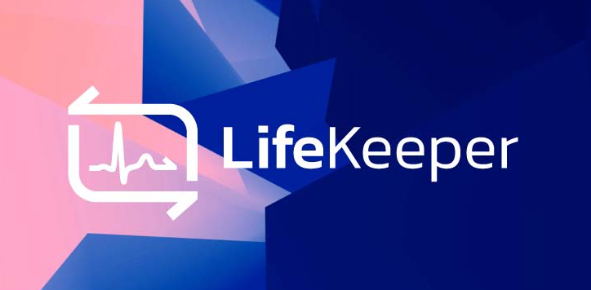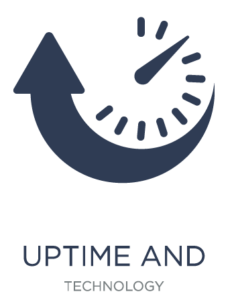When using other Backup or Replication Software with DataKeeper for Linux, the purpose of DataKeeper is to replicate data between servers in a cluster, ensuring all relevant servers have the most up-to-date copy of data. This is crucial when a server experiences unplanned downtime, and LifeKeeper is able to ensure critical applications are highly available and can maintain uptime with the use of DataKeeper.
When combining DataKeeper with other backup or replication software, it’s essential to confirm compatibility to avoid conflicts. Replication software can interfere with DataKeeper’s resynchronization, sometimes due to the order in which replication processes begin. While aiming for maximum uptime and availability is beneficial, it’s critical to verify that such measures will maintain your cluster in an optimal state.
How to Test DataKeeper for Linux with Backup and Replication Software
It’s important to test the compatibility of the replication software being used alongside DataKeeper to ensure its functionality. Below is a list of items you can check to verify functionality.
1. Test on a QA cluster.
Before using both backup/replication software on your production cluster, create a QA cluster environment with DataKeeper to run tests on.
A QA cluster is beneficial for running tests before introducing anything new into your production cluster. This helps with avoiding issues that would arise on your production cluster by being proactive with catching and/or fixing any issues that arise on your QA cluster.
2. Complete basic functionality test.
A couple of basic tests should be completed with DataKeeper as the only replication software installed. This is a sanity check before verifying continuing with any other software.
Base tests should include testing for a successful switchover and failover. Visit the link below for steps to confirm switchover can be successfully performed.
https://docs.us.sios.com/spslinux/9.9.1/en/topic/testing-your-datakeeper-resource-hierarchy
3. Complete basic functionality tests with other software.
Run the same tests mentioned above while the software is backing up/replicating your data, and after the software has completed backing up/replicating your data.
To be able to use the software with DataKeeper, it’s important that all these functionality tests pass.
Using GenApp Resources to Manage Backup and Replication Processes with DataKeeper for Linux
If testing yields unsuccessful results, it is possible to create a Generic Application (GenApp) to start and stop the relevant processes during a switchover
- A GenApp can be used in the hierarchy to restore and remove the process used by the replication software to handle the order in which the software runs.
- A hierarchy determines the relationship between resources. Top-level resources depend on bottom-level resources to create a dependency relationship. When a hierarchy is taken out of service, LifeKeeper takes a top-down approach, removing the top-level resources before the bottom-level resources. When a restore is issued, LifeKeeper takes a bottom-up approach to restore the bottom-level resources before restoring the top-level resources.
With this understanding, two GenApps would be created, one as a top-level resource and the other as a bottom-level resource. This configuration ensures that when the hierarchy comes into service, the bottom-level GenApp will stop the process, and the top-level GenApp will start it. When the hierarchy is being removed, the only action would be for the bottom-level resource to stop the process.
- Read more about creating a GenApp in the link below.
https://docs.us.sios.com/spslinux/9.9.1/en/topic/creating-a-generic-application-resource-hierarchy
Ensuring DataKeeper Cluster Compatibility and Preventing Downtime
Ultimately, testing and verification are key before introducing more backup or replication software into your DataKeeper Cluster. These steps are intended to avoid downtime by providing a list of items to complete to make sure your configuration is in order before being introduced into your production environment. Before integrating additional backup or replication software with your Linux DataKeeper Cluster, thorough testing and verification are essential. Completing these steps ensures your configuration is properly set up and helps prevent downtime when introduced into your production environment.
Ready to see how SIOS can help you simplify high availability and ensure seamless backup and replication with DataKeeper for Linux? Request a demo today.
Author: Alexus Gore, Customer Experience Software Engineer



